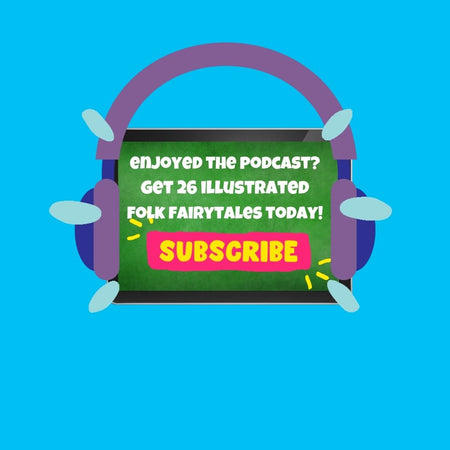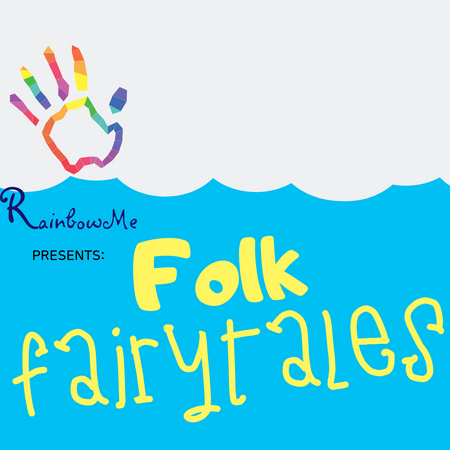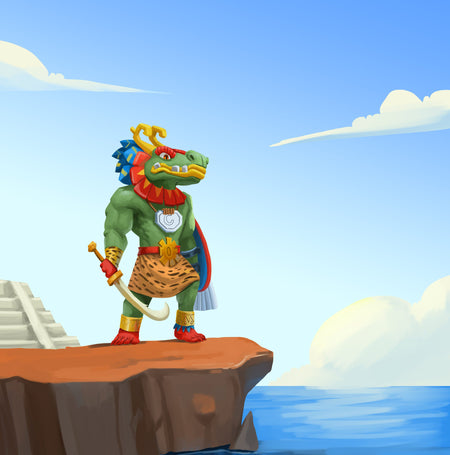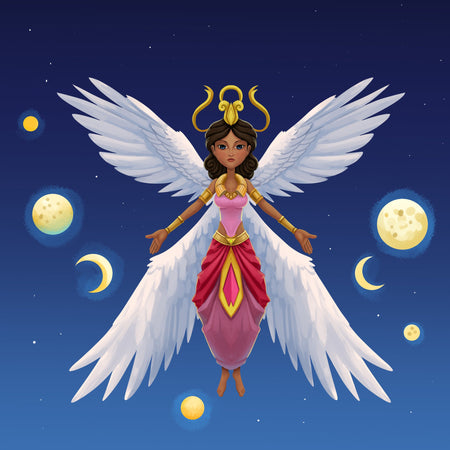You already know how we do here at RainbowMe Kids. We of course create innovative products that celebrate main characters of color, but we also love finding stories that celebrate and are told by people of color. Enjoy these wonderful holiday stories for the season!
Retelling the Magi Story Around the World
From: https://afriprov.org/retelling-the-magi-story-around-the-world/
By Akio Johnson Mutek and Joseph Healey, M.M.
In Matthew‘s Gospel (Chapter 2:1-12) the Magi (three wise men or astrologers from “the East”) offer the Christ Child gold, frankincense, and myrrh, which are symbols of wealth and divine worship in the Middle East culture. Among ancient peoples gold was regarded as the king of metals and thus the ideal gift for a king. It is symbolic of the kingship of Christ. Frankincense was used in religious worship and is symbolic of the divinity of Jesus. Myrrh was used to prepare the dead for burial and is symbolic of the humanity of Jesus.
But what symbols would other cultures and peoples use. Let us start with Africa. A catechist in the Logir Ethnic Group in Isoke Parish in Torit Diocese, Sudan said that the three gifts would be a goat, a spear and a small, flexible shepherd’s stick. The goat is a symbol of royalty and wealth. The spear is a symbol of defense and healing. When someone is sick the blade of the family spear is washed and the water is sprinkled on the grave of a recently deceased parent. It is hoped that this ancestor (one of the “living-dead”) will bless and heal the sick person. The shepherd’s stick made from the alyoto tree is a symbol of power.
The Logir people in Sudan would give a baby other gifts such as a cow who still suckles her calf. The rich fresh milk given to the mother of the baby is a symbol of wealth. Butter oil from milk is smeared on the baby. This oil is used for the installation of a king and when the rainmaker is chosen. Alyoto leaves are tied on the front of the door to show that a child has been born. These leaves are symbols of new life and fertility. When tied in a circle the leaves portray life and union with the ancestors. Eight days after the birth of the child, people in the local community bring gifts to the mother such as chickens, white millet, fruits, honey and firewood.
The Ganda people in Uganda would give the Christ Child a drum, which is a symbol of kingship and authority, a spear which is a symbol of protecting and defending the people and bark cloth which is a symbol of royal investiture. The Kuria people in Tanzania and Kenya would give a goat for the mother, flour for food and oil to shine up the baby. The Sukuma people in Tanzania would give gifts of powerful medicine to protect against witches, a cow and a leopard skin which is a symbol of royalty.
The types of gifts vary according to local customs and show the richness of different African traditions. Some ethnic groups in East Africa would distinguish carefully between the three gifts for the Christ Child and other kinds of gifts for Christ the King or Chief (symbols of power and elder hood such as a fly whisk made from tail of a particular animal). For others age doesn’t matter. A person would lie prostrate in front of even a child king. In the African tradition it would be very important to give special gifts to the mother of Jesus.
Latin America has its own examples. For the Aymara and Quechua in Bolivia coca leaves would be the central offering to the Christ Child. The coca leaf signifies life in the fullest sense and all the joys and struggles surrounding life and death. It is intimately connected with divinity and worship. Other appropriate gifts would be the first fruits of the harvest and the local arts and crafts of the people. For Chilean people gifts to a newborn child would be a blanket, clothing and local handicraft.
A schoolboy in the United States of America was retelling the Christmas story and explained that the wise men gave “gifts of gold, Frankenstein and mirth.” Another person said that the three most valuable things in American society were American Express, Visa and Master Card. These types of answers challenge the depth of religious values in western society. Clearly ongoing inculturation is just as important in North America as it is in Third World countries. New symbols and signs have to be found to speak to our contemporary Western culture especially modern youth.
Would the three gifts to represent the American heritage and vision include the treasures of the past — the Declaration of Independence, a replica of the Statue of Liberty, the American flag? Or would they include gifts symbolizing the present and future — a diamond ring, a luxury car, a spacecraft, recent amendments to the Constitution that portray freedom and equality in the present multicultural democracy? Are there any appropriate religious symbols in the American context? One teenage girl said that she would not only give the Christ Child the prized gift of a beautiful guitar but she would also write a song for him.
In China the gifts would be based on the three main values or symbols in Chinese society. The symbol of blessing would be a male child to carry on the family line. Gold is the symbol of wealth. The symbol of long life is a peach which blossoms very early in the springtime and thus signifies longevity.
So for that mysterious word “contextualization” or “inculturation” (earthing the Gospel in local culture), each people and culture have their own rich and meaningful answers. This is a challenge to the universality of the Christian Churches to be a light to the nations.
Bishop Akio Johnson Mutek
Auxiliary Bishop of Torit Diocese, Sudan
c/o NCA – Catholic Diocese of Torit
P.O. Box 52802
Nairobi, Kenya
Rev. Joseph Healey, M.M.
Nairobi, Kenya
E-mail: JGHealey@aol.com
Legend of Poinsetta
From: http://www.worldofchristmas.net/christmas-stories/legend-of-poinsettia.html
There was once a brother-sister pair who was very poor. They lived in a village and they had barely enough to eat two full meals a day. As the Christmas time approached, festivities, parades and parties in the village attracted the children. The gaiety of the season in itself was quite charismatic. Moreover, a large manger scene was being set up in the village church and all the children were eager to go to Baby Jesus and give him the best present. Mario and Pablo also wanted to give expensive presents to the Holy Child that He will love. While all children were discussing, what they think is best for the baby and what they will buy as the gift for Him, Mario and Pablo knew that they had no money to buy the presents and had nothing that they could gift to the child.
Yet, they could not let go of the temptation to see the baby just once and give something to Him. On Christmas Eve, Maria and Pablo set out for church a little earlier than others to attend the service. Since they had nothing to give to the child, they thought of plucking some weeds that was growing along the roadside to make a soft bed for Baby Jesus and decorate his crib. While they were still decorating the crib of the Baby, other children also arrived. Now, children can be very cruel when it comes to teasing and making fun of others. Mario and Pablo were almost in tears for shame and helplessness when a miracle occurred. Suddenly, the weeds burst into bright red petals that looked like stars and were so beautiful that everyone was awed by their beauty. Everybody realized and said that a gift of love is dearer to Jesus than the most expensive presents that money could buy. Ever since then, Poinsettia flowers have become favorites for Christmas decorations.






